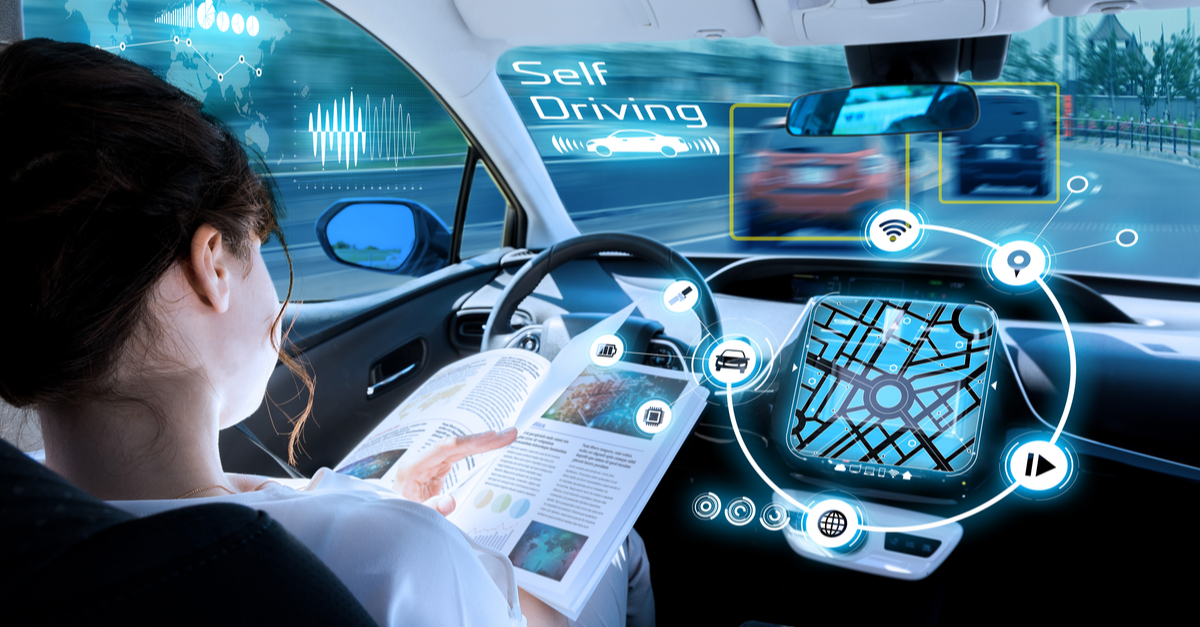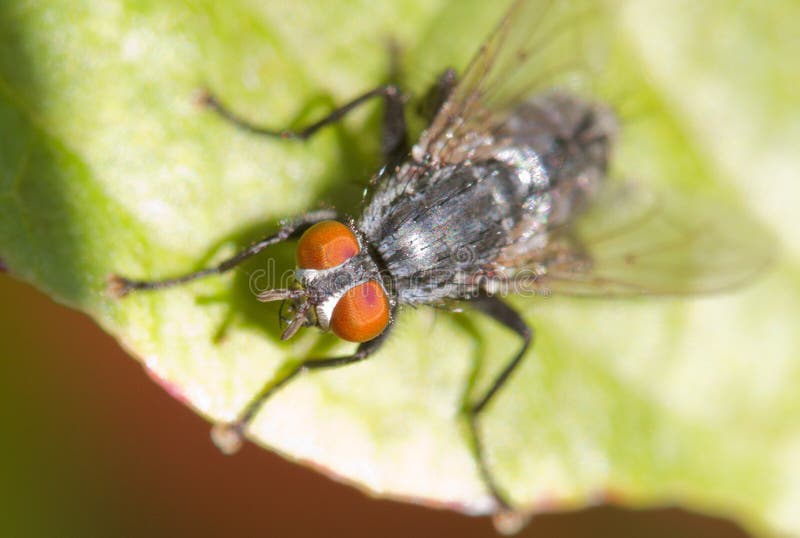Table Of Content

Despite those incidents, state regulators voted in August to allow self-driving car companies to expand their operations in San Francisco and other California cities. That prompted the city of San Francisco to file motions with the state demanding a halt to that expansion. The redeployed vehicles will not operate as they previously did — as robotaxis — but will "create maps and gather road information in select cities, starting in Phoenix," the company said. General Motors' Cruise self-driving vehicle unit will redeploy cars on U.S. roadways Tuesday for the first time since October, beginning with a small fleet of human-driven vehicles in Phoenix, the company said.
Business

To that end, Cruise is resuming manual driving to create maps and gather road information in select cities, starting in Phoenix. This work is done using human-driven vehicles without autonomous systems engaged, and is a critical step for validating our self-driving systems as we work towards returning to our driverless mission. This will help inform where we ultimately will resume driverless operations. Koopman says the safety narrative can unravel when people see the driverless cars on city streets making the same mistakes as human drivers. He says he'd like to see the companies focus on making sure the technology is actually safe.
Rider Reviews
The two automakers didn’t collaborate on every tiny detail; instead, they split up the work based on their expertise. GM was responsible for the base vehicle design and the electric powertrain, while Honda helped create the interior’s “efficient use of space,” Vogt says. Meanwhile, Cruise handled the sensing and computing technologies, as well as the experience from the rider’s standpoint. Sensors can see 360 degrees, hundreds of feet ahead, and around that double-parked car. Cruise cars make sense of this data in a split second, tracking every important object in view.
GM's Cruise unveils its first driverless vehicle
She added that the company's approach is "with safety as our north star." GM's spokesperson says it remains committed to Cruise "as they refocus on trust, accountability and transparency." The DMV originally gave Cruise a permit for 300 driverless vehicles in San Francisco, but it cut that number in half after one of its cars collided with a firetruck in August. "In October 2023, we paused operations of our fleet to focus on rebuilding trust with regulators and the communities we serve, and to redesign our approach to safety," Cruise said in a blog post. Cruise said its "goal is to resume driverless operations," however it did not provide a timeline for doing so. It also did not announce a timetable for expanding human-driven vehicles to other cities.
Cruise driverless cars pulled off California roads after safety incidents
They've run red lights, rear-ended a bus and blocked crosswalks and bike paths. The company says it will also work on improved engagement with first responders to facilitate trainings in each precinct it plans to operate in. I have so many more questions — about the sensor suite, the business model, the testing (if any) that Cruise has conducted — but I’m informed that our time is done. The event is being managed by a unionized workforce, and any additional time could cost Cruise an additional $12,000. I thank Vogt for his time and jokingly ask if there’s an “abort” button in the vehicle. The push for not-car-ness is evident in Cruise’s intense marketing campaign leading up to the unveiling of the Origin.
Building the Most Advanced AV
Cruise Self-Driving Cars Struggled to Recognize Children - The Intercept
Cruise Self-Driving Cars Struggled to Recognize Children.
Posted: Mon, 06 Nov 2023 08:00:00 GMT [source]
"We're on a trajectory that most businesses dream of, which is exponential growth," Vogt said during a July call with investors. He boasted about the size of Cruise's driverless car fleet, adding that "you will see several times this scale within the next six months." Safety is the defining principle for everything we do and will guide our progress through this process.
Prior to that incident, Cruise had been announcing launches in new cities — including Dallas, Houston and Miami — at a startling pace. Critics accused the company of expanding too fast and cutting corners on safety. "We have not yet made a commitment to where or when we will start supervised or driverless operations," a spokesperson said in a statement to CNBC. Cruise, with Honda’s help, designed the interior of the vehicle primarily for shared rides.
A new way to ride
GM submitted a petition for permission to deploy a fully driverless Chevy Bolt in 2018, but it has yet to receive a response. And it will most likely need another exemption before the Origin is allowed to hit the road, too. Cruise was expected to launch a ride-hailing service for the public in San Francisco in 2019. It has been operating an employee ride-hailing service with a current fleet of autonomous vehicles in San Francisco for several years. Just last week, the National Highway Traffic Safety Administration opened an investigation into Cruise over safety concerns. Cruise has begun testing its autonomous vehicles in Nashville, Tennessee; Miami, Florida; and other cities across the US, but San Francisco remains its biggest market.
Exclusive look at Cruise’s first driverless car without a steering wheel or pedals
During this phase, the Cruise vehicles will drive themselves and a safety driver is present behind the wheel to monitor and take over if needed. Other car makers are in a race to launch self-driving cars using the latest artificial intelligence (AI) technologies although they are being held back by safety concerns and regulations. A number of fatalities involving autonomous vehicles have led to greater government intervention and calls for more development. The company recalled and grounded all of its cars nationwide – nearly 1,000 vehicles. It initiated a third-party safety review of its robotaxis and hired an outside law firm to examine its response to the pedestrian incident. The National Highway Traffic Safety Administration also opened an investigation into Cruise.

Waymo has avoided much of the public ire that built up over the summer. Its spokesperson told NPR that "safety is our mission and top priority" and that "we treat every event seriously by investigating it to understand what happened." Cruise says it gave regulators the entire video immediately after the incident.
Both Cruise and Waymo have released studies saying their vehicles are involved in fewer crashes than human drivers. One Waymo study says it has an 85% reduction in injury-causing collisions and a Cruise study says it has a 74% reduction. Cruise and Waymo also ran into problems with San Francisco's police and fire departments. At government hearings, the agencies testified that the driverless cars were a nuisance.
An activist group called Safe Street Rebel has been cataloging the incidents, which now clock in at more than 500. The group figured out that if they put orange traffic cones on the hoods of driverless cars, they would render the vehicles immobile. So, they started going out at night to "cone" as many cars as possible as a form of protest. On the night of October 2, one of Cruise's driverless cars struck a pedestrian in San Francisco leaving her critically injured and fighting for her life.
Meanwhile, The Intercept reported that Cruise cars had difficulty detecting children, according to internal documents. And The New York Times reported that remote human workers had to intervene to control Cruise's driverless vehicles every 2.5 to five miles. Over the next few weeks, Cruise continued to expand – launching driverless robotaxi rides in Houston. Then, in a surprise announcement at the end of October, the DMV ordered Cruise to immediately stop all operations in California.

No comments:
Post a Comment